Fiberglass surfaces, whether they’re part of your boat, car, furniture, or other structures, require special care when painting. One of the most crucial steps in ensuring that paint adheres to fiberglass properly and lasts for years is using the right paint primer. If you’ve ever tried painting over fiberglass without priming, you likely know how difficult it can be to achieve a smooth, durable finish. But don’t worry! This blog will walk you through the best paint primers for fiberglass, the importance of priming, and answer common questions about this process.
What is Fiberglass?
Before diving into the types of primers you should use, let’s first understand what fiberglass is. Fiberglass is a material made from woven glass fibers, which are often combined with resin to create a sturdy, lightweight, and durable surface. This material is commonly found in boats, pools, bathtubs, car parts, and even some furniture. However, because of its unique texture and composition, painting fiberglass presents some challenges, especially when it comes to ensuring a lasting finish.
Why is Priming Important for Fiberglass?
Priming is crucial for any painting job, but it’s particularly important when painting fiberglass for several reasons:
- Improved Paint Adhesion: Fiberglass has a slick surface, which makes it hard for paint to stick. A good primer creates a surface that allows paint to adhere more effectively, resulting in a longer-lasting finish.
- Prevention of Cracking and Peeling: Applying a primer helps to prevent cracks, chips, and peeling, which can often occur when paint doesn’t bond properly to fiberglass.
- Smoother Finish: A primer helps smooth out any imperfections in the fiberglass, leading to a more polished and even paint job.
- Protection from Damage: Fiberglass is susceptible to damage from UV rays, water, and general wear and tear. Priming helps protect the material and ensures that the paint job holds up against these environmental factors.
Best Paint Primer for Fiberglass
Selecting the right primer for fiberglass is crucial. Not all primers are designed for use on fiberglass, so it’s essential to choose one that is specifically made for this material. Below are some of the best paint primers for fiberglass:
1. Rust-Oleum 207003 Marine Topside Primer
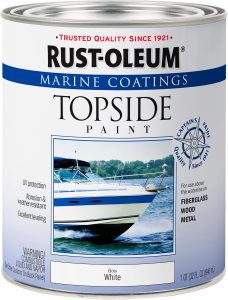
Rust-Oleum is a trusted brand when it comes to marine and outdoor surfaces, and their Marine Topside Primer is one of the best options for fiberglass. This primer is specifically formulated for use on boats and other fiberglass surfaces exposed to the elements.
Why Choose Rust-Oleum Marine Primer?
- Weather Resistant: Designed to withstand harsh marine environments, this primer protects fiberglass surfaces from UV damage, saltwater, and moisture.
- Smooth Finish: It creates an ultra-smooth surface, allowing topcoats to glide on seamlessly.
- Fast Drying: The primer dries quickly, allowing you to apply subsequent coats of paint in less time.
- Easy Application: Can be applied with a brush, roller, or spray gun for convenience.
2. TotalBoat 2-Part Epoxy Primer
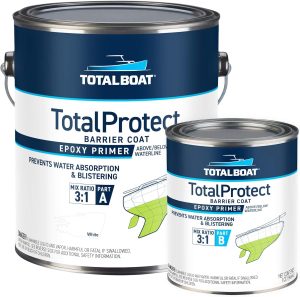
Another excellent option for fiberglass surfaces is TotalBoat’s 2-Part Epoxy Primer. This primer is specifically designed for use on fiberglass, wood, and metal surfaces. It’s particularly popular in the boating industry, where fiberglass is used extensively.
Why Choose TotalBoat Epoxy Primer?
- Superior Adhesion: The epoxy formula creates a strong bond between the fiberglass and the paint, ensuring long-lasting results.
- Durability: The primer is highly resistant to abrasion, chemicals, and moisture, making it ideal for both indoor and outdoor use.
- Two-Part Formula: The two-part system is mixed before application, ensuring that the primer provides the best possible protection and adhesion.
3. Krylon Fusion All-in-One Primer
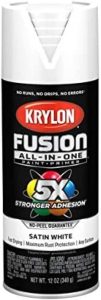
For a quick, effective solution, Krylon Fusion All-in-One Primer is an excellent choice. It’s known for its ability to bond with difficult surfaces, including fiberglass, without the need for sanding or special preparation.
Why Choose Krylon Fusion Primer?
- No Sanding Required: Krylon Fusion can be applied directly to fiberglass surfaces without the need for additional prep work, making it an excellent choice for quick projects.
- Multi-Surface Application: It can be used on a variety of surfaces beyond fiberglass, making it a versatile product for different home improvement projects.
- Quick Drying: This primer dries quickly, allowing you to complete your project faster.
- Durable Finish: Once applied, the paint adheres well and offers a durable finish that resists chipping and fading.
4. Interlux InterProtect 2000E Epoxy Primer
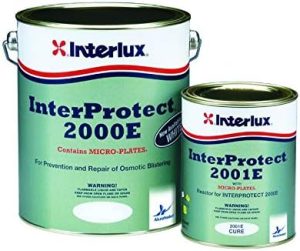
If you’re looking for a high-performance primer for fiberglass, Interlux’s InterProtect 2000E is an excellent option. Designed for marine applications, this epoxy-based primer is ideal for fiberglass boats and other outdoor fiberglass surfaces.
Why Choose Interlux InterProtect?
- Long-Lasting Protection: This primer is specifically designed to resist water, chemicals, and UV damage, ensuring that your paint job will last.
- Epoxy Base: The epoxy formulation creates a strong, durable bond with the fiberglass, preventing peeling and cracking.
- Smooth and Smooth Surface: It helps create a smooth, even surface for subsequent coats of paint, leading to a professional finish.
5. Zinsser Bulls Eye 1-2-3 Primer
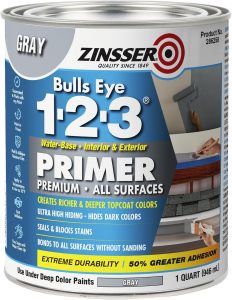
Zinsser Bulls Eye 1-2-3 Primer is an excellent all-purpose primer that can be used on a variety of materials, including fiberglass. Known for its versatility, this primer is great for both indoor and outdoor projects.
Why Choose Zinsser Bulls Eye Primer?
- Multi-Surface Use: Zinsser Bulls Eye works well on fiberglass, wood, metal, and drywall, making it a versatile option for many types of projects.
- Excellent Adhesion: It sticks well to difficult surfaces like fiberglass, ensuring a durable finish.
- Mold and Mildew Resistant: The primer resists mold and mildew growth, making it ideal for use in damp environments, such as boats or bathrooms.
- Fast Drying: It dries in as little as 30 minutes, allowing you to move forward with your project quickly.
6. SEM Fiberglass Primer

SEM Fiberglass Primer is another excellent choice, especially for automotive and marine fiberglass applications. It provides a strong bond and prepares the surface for topcoats of paint.
Why Choose SEM Fiberglass Primer?
- Easy to Use: SEM primer is easy to apply and can be used in a variety of ways, including spraying or brushing.
- Long-Lasting: It offers great adhesion and durability, making it perfect for surfaces that need to withstand wear and tear.
- Non-Porous: The primer seals the fiberglass surface, preventing moisture from seeping through and affecting the paint.
How to Apply Paint Primer to Fiberglass
Once you’ve selected the best primer for your fiberglass surface, it’s time to apply it. Here’s a step-by-step guide to help you achieve the best results:
1. Clean the Surface
Before you apply any primer, it’s essential to clean the fiberglass thoroughly. Use a mild detergent and water to remove dirt, grease, and other contaminants. Dry the surface completely.
2. Sand the Surface (if needed)
Some fiberglass surfaces may require sanding to help the primer adhere better. Use fine-grit sandpaper (around 220-grit) to lightly scuff the surface. This will ensure the primer bonds well and creates a smooth surface.
3. Apply the Primer
Once the surface is clean and dry, apply the primer. You can use a brush, roller, or spray gun, depending on your preference and the type of primer you’re using. Follow the manufacturer’s instructions for application, and make sure to apply the primer in even, thin coats.
4. Allow the Primer to Dry
Allow the primer to dry according to the manufacturer’s recommended drying time. This can vary depending on the product and environmental conditions.
5. Apply Additional Coats (if needed)
For optimal results, you may need to apply multiple coats of primer, especially if the surface is highly porous or uneven. Always allow the previous coat to dry completely before applying the next one.
6. Finish with Paint
After the primer has dried and cured, you can proceed with painting your fiberglass surface. Choose a high-quality paint that is compatible with the primer, and apply it using the same method as the primer (brush, roller, or spray gun).
Frequently Asked Questions
1. Can I use regular primer on fiberglass?
No, regular primers may not adhere well to fiberglass surfaces. It’s important to use a primer specifically designed for fiberglass to ensure proper adhesion and durability.
2. Do I need to sand fiberglass before priming?
It’s a good idea to lightly sand fiberglass before priming to create a surface that allows the primer to bond better. Use fine-grit sandpaper and ensure the surface is clean and dry before priming.
3. Can I paint fiberglass without a primer?
While it is possible to paint fiberglass without primer, it is not recommended. Primer helps create a surface for the paint to adhere to and improves the longevity and durability of the paint job.
4. How long should I wait for the primer to dry before painting?
Drying times can vary depending on the primer used and the environmental conditions. Always follow the manufacturer’s recommendations. Generally, it can take between 1 to 4 hours for primer to dry to the touch.
5. Can I use spray primer on fiberglass?
Yes, spray primer can be used on fiberglass. In fact, spray primer is often the best choice for smooth, even coverage on fiberglass surfaces.
6. Can I apply multiple coats of primer?
Yes, applying multiple coats of primer may be necessary, especially for highly porous or uneven surfaces. Allow each coat to dry fully before applying the next one.
7. Can I use the same primer on both fiberglass and metal surfaces?
Some primers are designed for use on multiple surfaces, including fiberglass and metal. Always check the manufacturer’s instructions to confirm compatibility before use.
Conclusion
Choosing the best primer for fiberglass is a crucial step in ensuring that your paint job adheres properly and lasts for years. Whether you’re working on a boat, car, or home project, the right primer can make all the difference. By understanding the benefits of priming and following the proper application steps, you’ll achieve a smooth, durable, and long-lasting finish on your fiberglass surfaces.

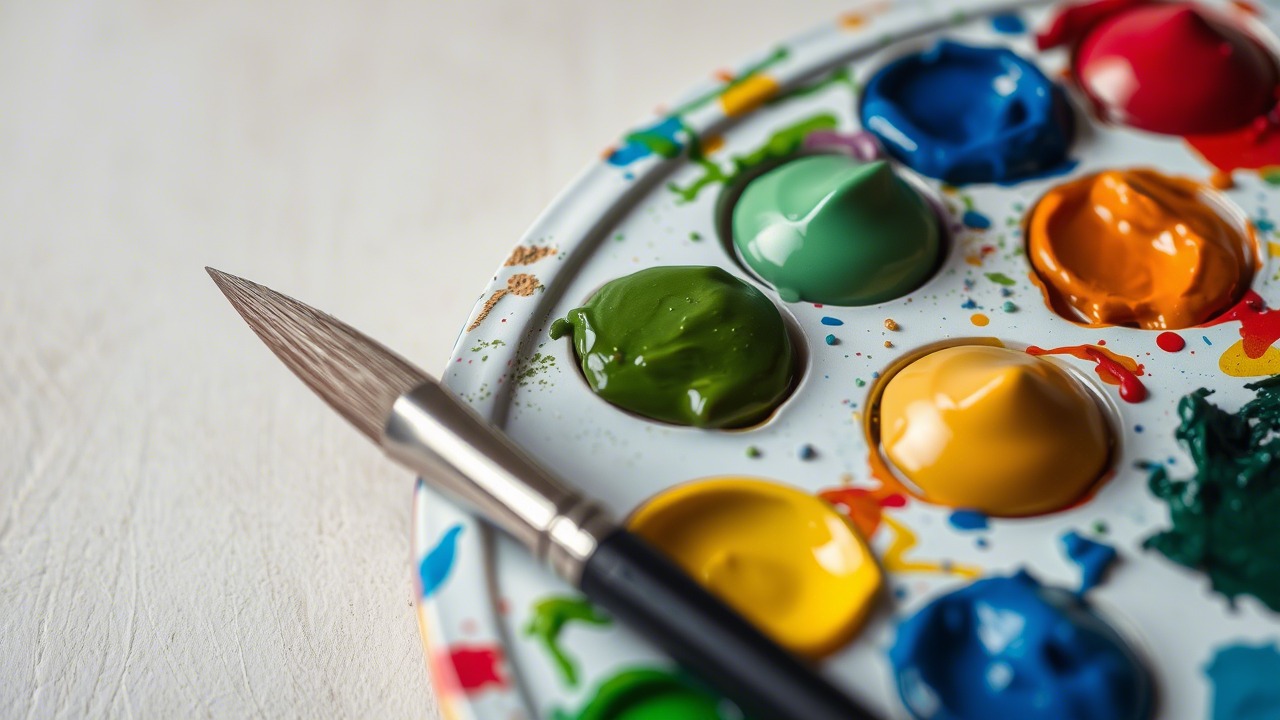
Leave a Reply